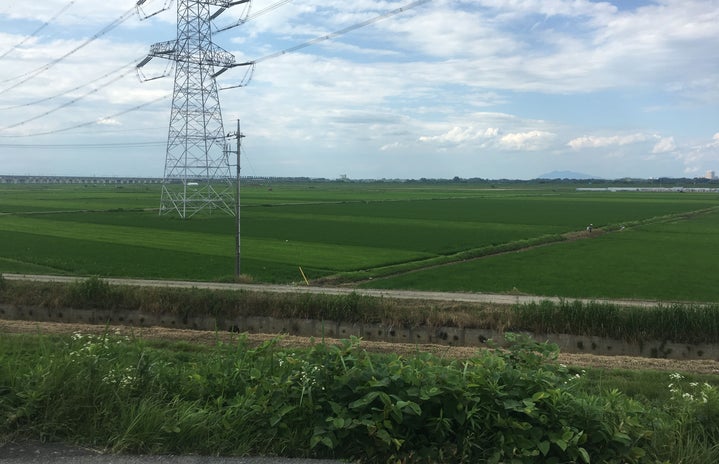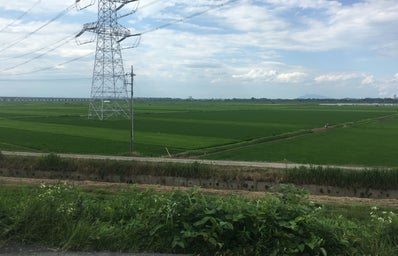Voting day in Maine is right around the corner on Tuesday, November 2nd. Even though it is not a presidential election year, or even midterms, there are still some very important questions on the ballot this year, such as the Central Maine Power (CMP) Corridor. This year’s “question one” has many people confused (me included) considering yes technically means no corridor and no technically means yes to the corridor. So I’m here to do the research to help you make an informed decision on this clean energy question!
The physical CMP Corridor, which is also known as the New England Clean Energy Connect (NECEC), is a large stretch of land that spans 145 miles across central and northern Maine. CMP plans to use the land to lay down new electric transmission lines. The corridor would also use 92 miles of already existing power lines. The new transmission lines would allow CMP to transport hydropower generated in Quebec, Canada and connect it to the New England power grid.
The most controversial part of the corridor is the 53 mile stretch closest to the Canadian border. The corridor would allow CMP to cut down 53 miles of completely undeveloped forest. Construction has already started on two-thirds of the path. Statistically, the corridor would only affect .05% of the forest and two-thirds would use existing power lines and the other third would be built in forest that already experiences heavy logging. Many of the Maine residents opposed to the corridor are those that live along the controversial 53 mile stretch. Residents were told the path would be 54 feet wide but one resident claims to have measured it and it is actually 100 feet wide. The path also cuts straight through an important brook trout habitat and a resting place for wintering deer herds. The corridor also allows CMP to cut around 300 feet of the path and spray the area with herbicides.
Economically, since the corridor is already underway, 600 Mainers are employed with 1,000 more jobs projected if the corridor is allowed to continue. Construction is estimated to last 2-3 years, with regular maintenance to follow. NECEC has committed to making sure at least 80% of workers on the corridor are Maine residents. However, even though the corridor will be built by majority Maine residents, the clean energy will go primarily to Massachusetts residents. The corridor will bring in $258 million in benefits but that is over the span of 40 years. There are also concerns as to how the corridor will affect the tourism and fishing industries.
Question one asks “Do you want to ban the construction of high-impact electric transmission lines in the Upper Kennebec Region and to require the Legislature to approve all other such projects anywhere in Maine, both retroactively to 2020, and to require the Legislature, retroactively to 2014, to approve by a two-thirds vote such projects using public land?”. There are three parts to the question. The first part would make electric transmission lines illegal in the Upper Kennebec Region, which would block CMP’s current route. The second part would allow the legislature the ability to approve any transmission lines retroactive to 2020. The third part would define transmission lines, railroads, pipelines, and landing strips as uses that substantially alter public lands, which would mean any of those items listed above would require a two-third vote from the legislature.
The wording of question one is highly confusing. Construction on the corridor would stop with a majority vote of yes, while the corridor would continue with a majority no vote. There is much more to the corridor that is impossible to fit into a basic overview article, so I highly encourage everyone to look at both arguments and most importantly get out and vote on November 2nd!


